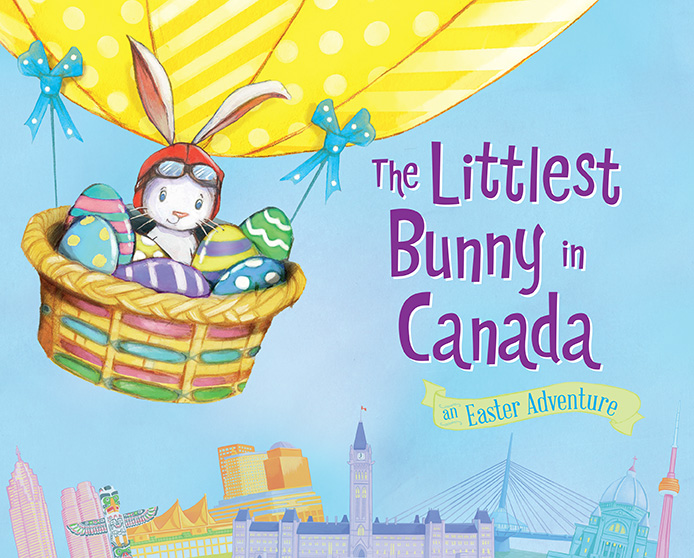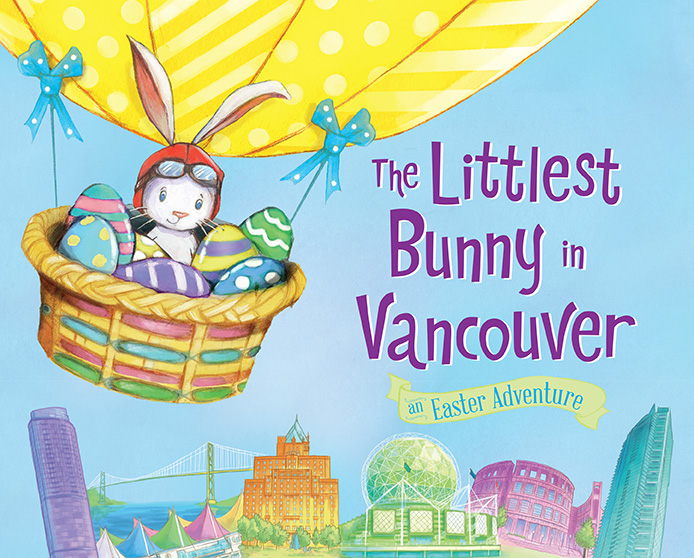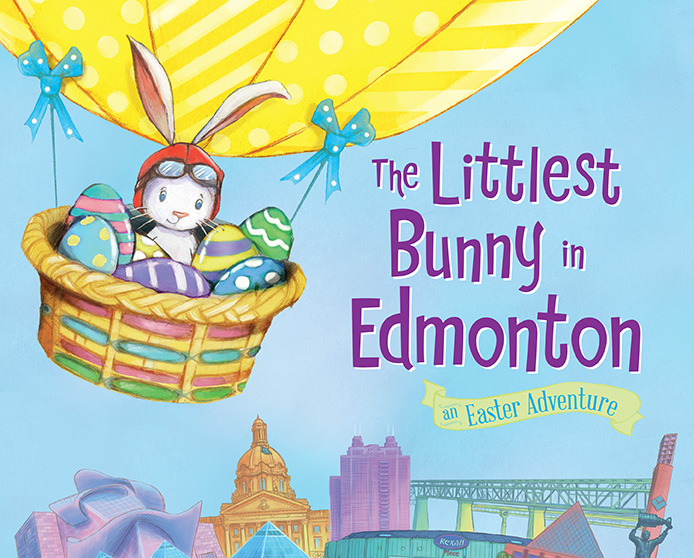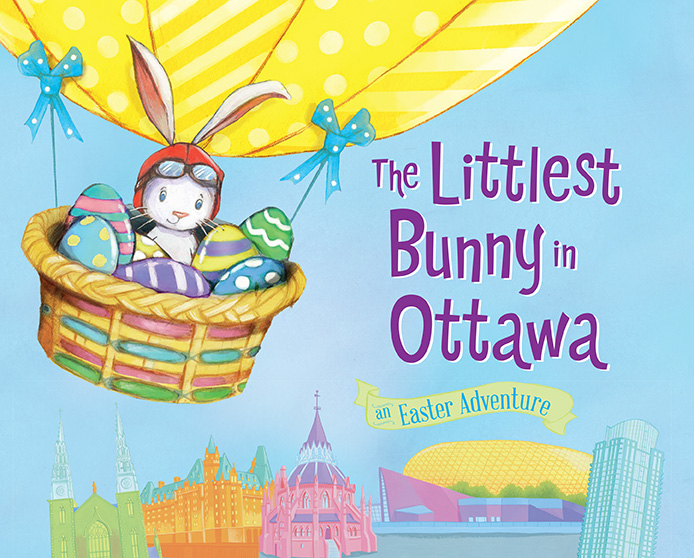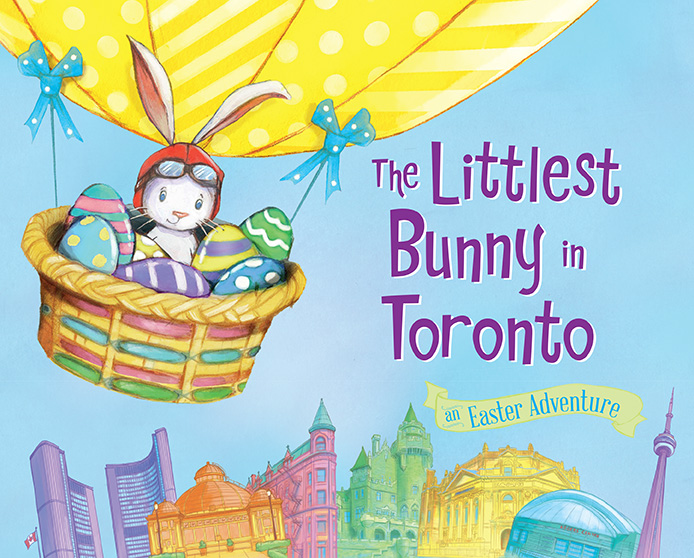| ________________
CM . . .
. Volume XXI Number 34 . . . . May 8, 2015
excerpt:
Thanks to Clement Clarke Moore’s 1823 poem, “‘Twas the Night Before Christmas”, today’s children “know” a lot about Santa Claus, including the names of his eight reindeer (nine, if you include the addition of Rudolph the Red-Nosed Reindeer who was popularized in a song of the same name sung by Gene Autry, the singing cowboy of radio, movies and TV). Children’s visual images of Santa likely have their roots in the art that Haddon Sundblom did for Coca Cola ads in the 1930s. However, another giver of gifts to children is not nearly as well-known, and that’s the Easter Bunny. Likely most children don’t “see” the Easter Bunny as being anything other than a rather standard rabbit (although Gene Autry did try to give it a name, Peter Cottontail, via his 1950 song, “Here Comes Peter Cottontail”; however, the name really did not stick). Only time will tell if the attempt by author Lily Jacobs and illustrator Robert Dunn, via their “The Littlest Bunny” series, will be any more successful in making the Easter Bunny into something more than a generic figure. In The Littlest Bunny in Canada: An Easter Adventure, siblings May and Joe have moved to Canada with their parents. Since they are shown arriving in Canada by car, it is likely they are Americans. As the excerpt reveals, on the day before Easter, they purchase a small rabbit from a local pet store and name him Flop. Flop’s new home is a cage in May and Joe’s shared bedroom. That night, while the children are asleep in their bunk beds, Flop reveals his true identity to readers - “He was the Easter Bunny....” Donning a World War I-like aviator helmet and goggles, Flop, having now assumed his role as the Easter Bunny, boards his hot air balloon that is laden with, “To be quite exact, nine million and twenty!” Easter eggs. For the rest of the night and in bunny trail fashion, he crisscrosses Canada, dropping off the treats. As dawn arrives, he makes his very last stop. “He came to your house with a bounce and a hop!” In the morning, May and Joe are alarmed at finding Flop’s cage unlocked and the door open. Setting aside what would be their normal Easter egg hunt, the brother and sister instead look for their missing bunny. After searching inside the house, the pair venture outdoors where they not only spot two Easter baskets bearing their names but also the absentee Flop. Very attentive readers may notice that some of the Easter eggs Flop deposits at his various stops across Canada have numbers on them. Their purpose is made clear on the book’s closing double page spread: After reviewing the book one or more times in search of the 20 eggs, any young readers who haven’t been able to locate all of the eggs can turn to the book’s final page which provides a visual answer key. Despite the Canadian content in The Littlest Bunny in Canada, the template for the “Littlest Bunny” series has its origins in the United States as can be seen in the map that Flop consults before boarding his balloon to deliver the Easter eggs. Although the map Flop holds is labelled “Map of Canada”, it is clearly a map of the United States with only a narrow strip of Canada at the top. When the map more clearly appears near the end of the book, readers can see that the individual American states have been outlined while Canada is just one undifferentiated gray mass. This “error” is magnified in the five Canadian city focused books where the same map is labelled “Map of Edmonton”, “Map of Ottawa", etc. Given that two-thirds of each of the six books’ pages already required text or illustration modifications to respond to the books’ different locations, it is surprising that illustrator Robert Dunn did not create a map that would “travel” better. The storyline in all six books is exactly the same, but some of the specific wording is changed in response to a book’s geographic focus. Many of these wording changes are quite minor, such as the pet store in The Littlest Bunny in Canada being called the “Canada Pet Store” and the “Vancouver Pet Store” in The Littlest Bunny in Vancouver. Larger changes, however, can be found in the books’ largely rhyming text, with one example occurring when Flop delivers his Easter eggs. The books’ illustrations, beginning with their covers, also change in response to an individual title’s location. For instance, when the text reads “First Flop balanced eggs / on a tall building top...”, the illustration accompanying that text in The Littlest Bunny in Calgary is of the Bow Building while the CN Tower is used for the same text in The Littlest Bunny in Toronto. That these books are aimed more at a home purchase audience, as opposed to institutions like schools and libraries, is suggested by the “book plate” that appears on the opening endpapers and which reads: Despite my comment immediately above, schools and libraries in the already “targeted” Canadian cities might still wish to purchase their city’s book as children will appreciate seeing familiar local landmarks in the pages of a book. Recommended. Until Winnipeg, MB, becomes part of this series, Dave Jenkinson will just have to make do with the image of the Esplanade Riel Bridge which appears on the cover of The Littlest Bunny in Canada.
To comment on this title or this review, send mail to cm@umanitoba.ca.
Copyright © the Manitoba Library Association. Reproduction for personal use is permitted only if this copyright notice is maintained. Any
other reproduction is prohibited without permission.
CM Home | Next Review | Table of Contents for This Issue - May 8, 2015 | Back Issues | Search | CM Archive | Profiles Archive |
